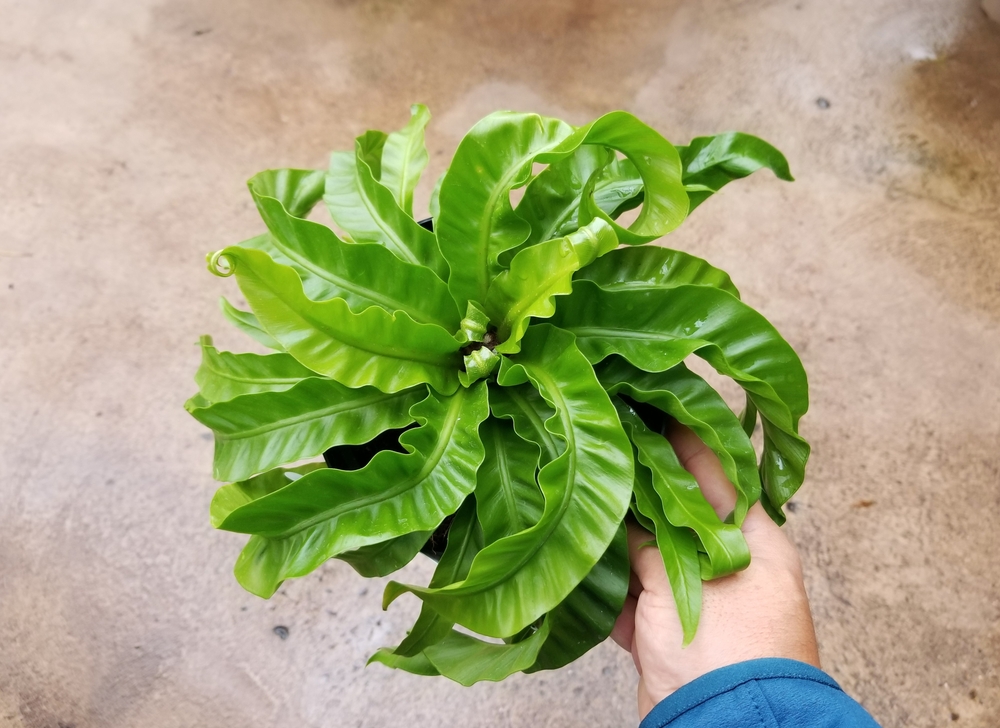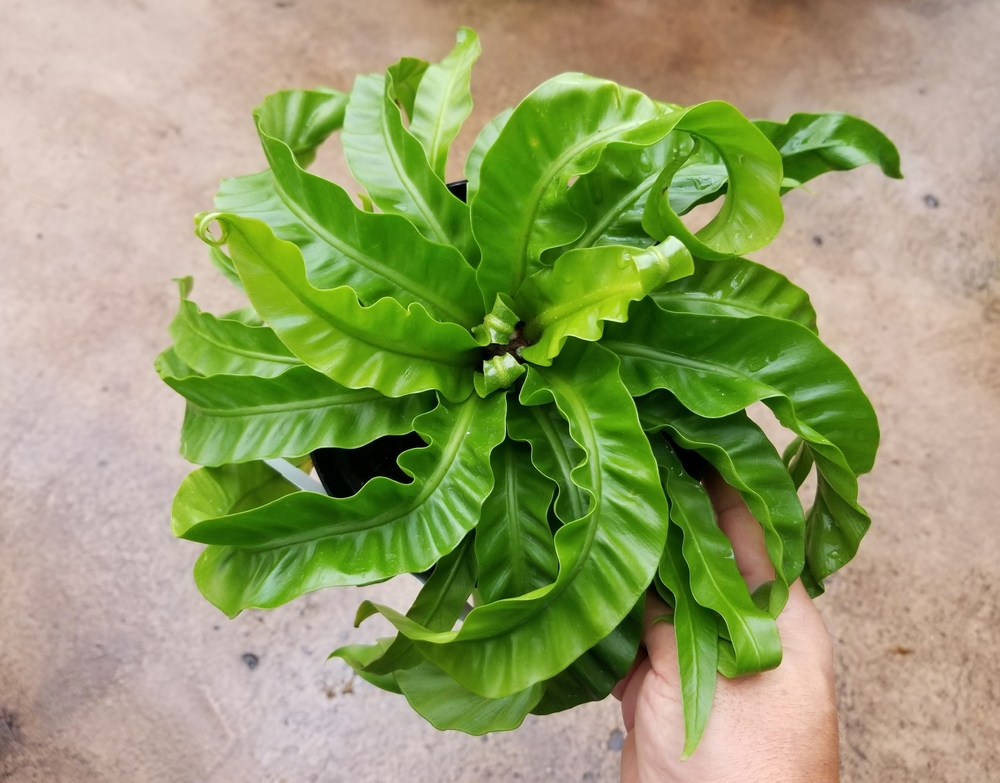If you’re lucky enough to have a Hurricane Fern then you know that these beautiful plants can brighten up any room. With their showy leaves, they make a stunning addition to any home. But like all plants, they need proper care in order to stay healthy and thrive. In this article, we’ll go over everything you need to know about Hurricane Fern care.

| Botanical Name | Asplenium Hurricane |
| Common Name | Hurricane Fern |
| Plant Type | Perennial |
| Flower Color | None |
| Size When Mature | 18-24 inches |
| Bloom Time | No Blooms |
| Sun Requirements | Full to Partial Sun |
| USDA Hardiness Zones | 10-11 |
| Soil PH Range | 5.0-5.5 |
| Soil Type | Acidic, Well-draining |
| Water Needs | Medium |
| Native Area | Asia |
What You Need to Know About Hurricane Fern
Hurricane Ferns are a beautiful, evergreen ferns and unique plant that can add some life to any home. They are native to tropical regions like Asia and prefer warm, humid conditions. They can grow up to 18-24 inches tall, with glossy green leaves that swirl around in a hurricane-like pattern. They have a ruffled texture and can range in color from deep green to lighter shades.
Not only are they pretty to look at, but they also serve a purpose. They are known for their ability to purify the air and remove toxins. Because of this, they are a popular choice for kitchens or bathrooms.
So if you’re looking for a plant that’s both beautiful and good for your health, the Hurricane Fern is a great option.
How to Care for Hurricane Fern
Here’s everything you need to know about growing and caring for a thriving Hurrican Fern:
Light
Hurricane Ferns enjoy bright, indirect sunlight. They can tolerate full sun, but it’s best to keep them out of direct sunlight to prevent scorching. If your plant is not getting enough light, you may notice the leaves turning yellow or brown. Giving the plant filtered light is the best way to avoid this so that it gets the bright light it needs without the harmful effects of direct sun.
Water and Soil Needs
Watering Hurricane Ferns is one of the trickier aspects of care. They like to be kept moist, but not drowning. Watering them once a week should be sufficient, but you may need to water them more often if the soil is dry. One way to know if your plant needs water is to stick your finger in the soil. If it’s dry, it’s time to water.
Additionally, the best way to water them is to use a watering can with a long spout so that you can direct the water directly to the roots without wetting the leaves.
When it comes to soil, Hurricane Ferns prefer a well-draining potting mix rich with perlite and peat moss. Putting them in soil with a pH range of 5.0 and 5.5 will help to keep them healthy. If the soil is too acidic or alkaline, you can fix this by adding dolomite lime to raise the pH or sulfur to lower it.
Temperature Requirements
As a tropical plant, Hurricane Ferns like warm temperatures and do best in an environment that is between 60-80°F and are hardy in USDA zones 11-12. If the temperature dips below 50°F, they will start to experience damage and die. Because of this, it’s important to keep them indoors during the winter months and make sure that they are in a warm room away from drafts.
Fertilizer
The best fertilizer to use on a Hurricane Fern is a liquid fertilizer that is balanced and diluted to half-strength. You should fertilize your plant every month during spring and summer, and then withhold fertilizing for the rest of the year. Over-fertilizing can lead to problems like leaf burn, so it’s important not to overdo it.
Common Diseases
One of the most common problems with Hurricane Ferns is leaf tip burn. This is caused by too much fertilizer, which leads to the tips of the leaves turning brown and dry. If you notice this happening, cut back on fertilizing and make sure that you’re watering the plant regularly.
Another common issue is nematodes, which are tiny worms that live in the soil and feed on plant roots. This can cause the plant to become stunted and yellow. If you think your plant has nematodes, you’ll need to take it out of the pot and inspect the roots. If they are small, white, and twisted, then your plant likely has them. The best way to get rid of nematodes is to drench the soil with an insecticide.
Hurricane Fern Propagation
Propagating Hurricane Ferns can be tricky, but it’s possible to do it by spore. To do this, you’ll need to collect spores from the underside of mature fern fronds and then sow them on a sterile potting mix. Once they’ve germinated, you can transplant them into individual pots. And after a few months, your new Ferns should be big enough to care for on their own.
With the right care, Hurricane Ferns can make a beautiful addition to any home. They are low-maintenance plants that are relatively easy to care for, as long as you keep an eye on their watering and fertilizing needs. With their bright green leaves and tropical vibe, they are sure to make any space feel like a paradise.

